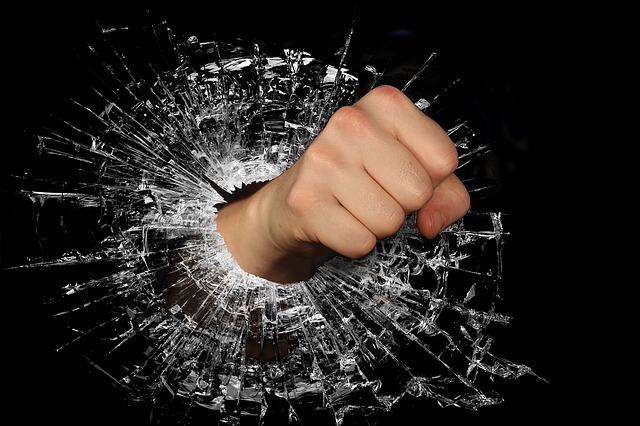Anger Management
When angry, count ten before you speak; if very angry, a hundred.
—Thomas Jefferson
When angry count four; when very angry, swear.
— Mark Twain
Anger is an emotional response to a real or imagined threat or provocation. Anger can range in intensity from mild irritation to extreme rage. We all become angry, and most of us don’t like it. The question is how to get rid of anger, or at least reduce it. That is the topic of this article.
Emotions can be grouped along two dimensions: (1) unpleasant versus pleasant, and (2) high arousal versus low arousal (Russell, 1980). Anger falls in the unpleasant, high arousal category, because anger both feels bad and energizes people to take action. The tendency to take action, however, does not mean that angry people act wisely. In fact, studies of risk taking show that angry people often act foolishly, especially favoring high-risk, high-payoff behaviors that often backfire and produce disastrous results (Leith & Baumeister, 1996).
Angry people also are impulsive and fail to consider the potential consequences of their actions (Scarpa & Raine, 2000). No doubt Thomas Jefferson’s advice (quoted above) to count to ten or even a hundred before acting while angry is aimed at giving people time to reflect on the consequences of their actions and possibly avoid impulsive, destructive acts that will be regretted later. For example, angry people often spout off hurtful comments to loved ones that they cannot later retract. Angry people seem to act first, and think later. Indeed, in one study (Leith & Baumeister, 1996), angry participants were instructed to wait for about one minute and make a brief list of pros and cons before making a decision. This condition eliminated the pattern of self-defeating decisions that angry participants in other conditions had shown. Thus, some of the costly effects of anger on decision-making stem precisely from failure to consider all the possible outcomes of the available choices.
The energizing aspect of anger makes people feel strong and powerful (e.g., Lerner & Keltner, 2001). Thus, anger can be a powerful force in motivating people to stand up for what they believe is right. The American Revolution, the civil rights movement, the feminist movement, and other causes probably benefited from anger and the resultant willingness to take action. Anger can also motivate people to excel in sports and other domains in which it is beneficial to take a competitive stance. For example, cyclist Lance Armstrong, 7-time Tour de France winner, has written in several of his books that he often uses anger to fuel his performance.
For example, during the 2009 Tour de France, Armstrong won third place behind Alberto Contador (the winner) and Andy Schleck (who took second place). During the race, teammate Contador “disobeyed” team orders and attacked in the final kilometers on the climb of Andorre Arcalis at Stage 7 and quickly gapped Armstrong. Because they were on the same team, there was no reason for Contador to leave Armstrong in the dust. Armstrong became very angry at Contador, and almost got into a fistfight with him. Armstrong said, “I couldn’t dislike the guy any more.” And “I can’t wait for July (2010). I’m serious. I’m . . . man . . . I want to f------ . . . I want to beat him” (Strickland, 2010). Armstrong is not the only cyclist fueled by anger. In the 2010 Tour de France, just as Schleck was attacking Contador on a climb, the chain came off Schleck's bike. As he fixed it, Contador raced ahead, putting Schleck out of contention for first place. When asked about the incident, Schleck said: "In the same situation I would not have taken advantage," And " I'm really disappointed. My stomach is full of anger, and I want to take my revenge" (Yuan, 2010). Although Schleck and Armstrong were both fueled by anger against Contador, Contador still won the 2010 Tour de France (Schleck finished #2 and Armstrong finished #23).
After reviewing tapes of Lance Armstrong, Henk Aarts, a psychology professor at Utrecht University in the Netherlands said: “There's a picture of this guy near the finish line and you see anger in his face but you can also see this determination,” And “What's interesting is the facial expression of anger almost completely overlaps with the facial expression of determination” (Villarica, 2010).
These observations are consistent with recent research by Aarts and his colleagues (2010) showing that people want things more when they are angry. In this research, participants were shown images of objects such as pens and glasses on a computer screen while angry, fearful, or expressionless faces flashed in the corners of the screens outside of their awareness. Participants were asked how much they wanted the object onscreen. They also squeezed a handgrip as hard as they could if they wanted the object. The results showed that participants who saw the angry faces paired with the objects wanted the objects the most and squeezed the handgrip hardest, suggesting that they were willing to exert more effort to acquire the objects.



